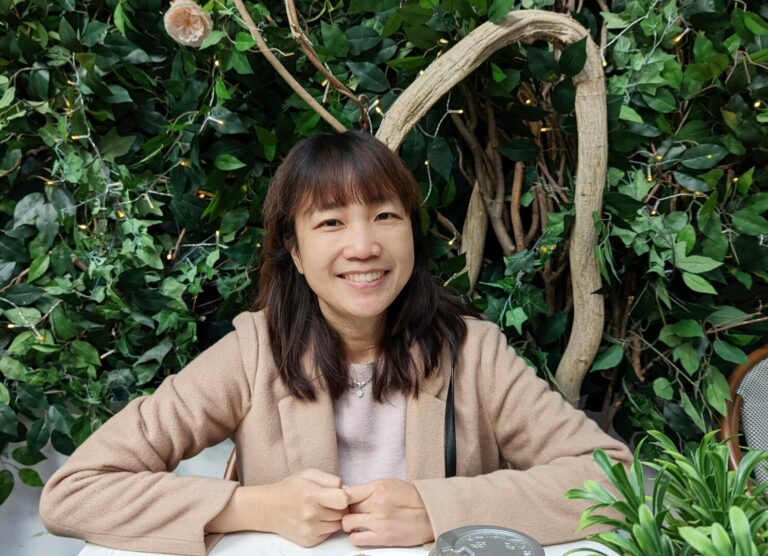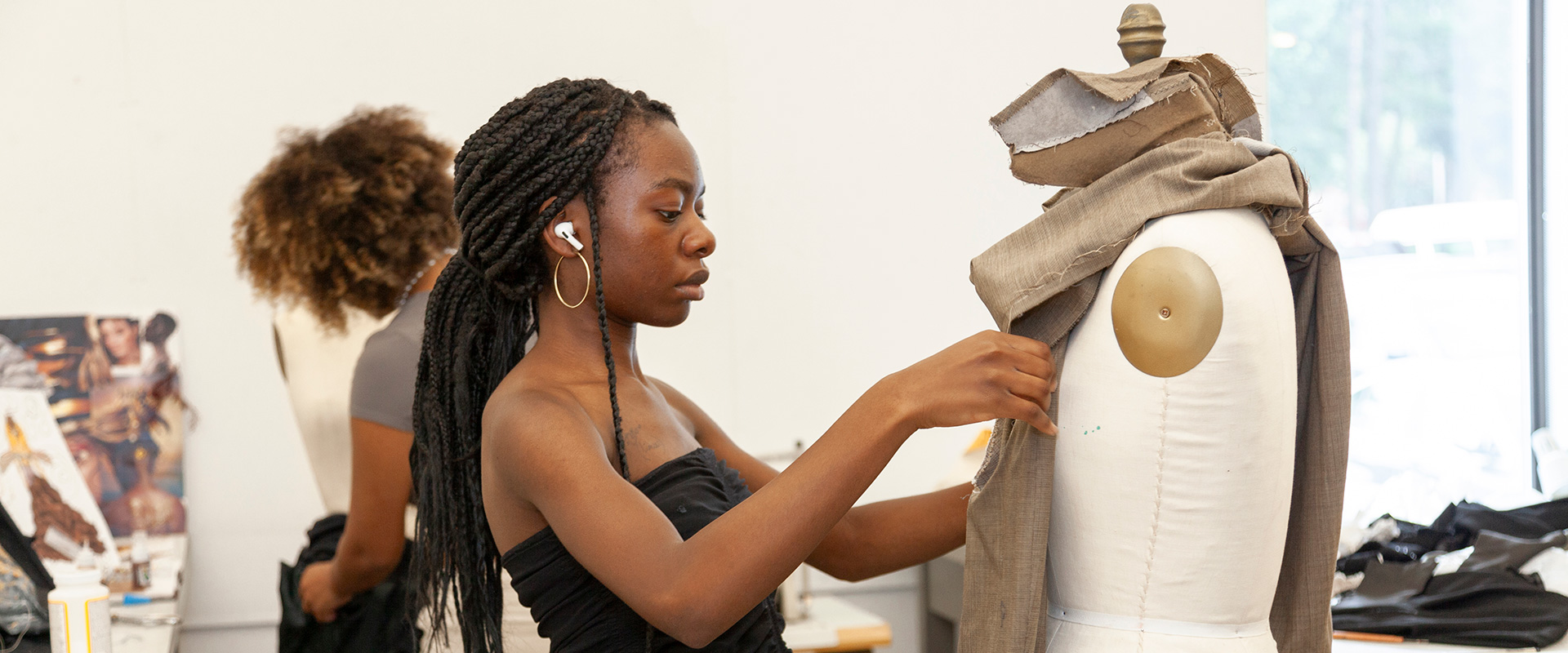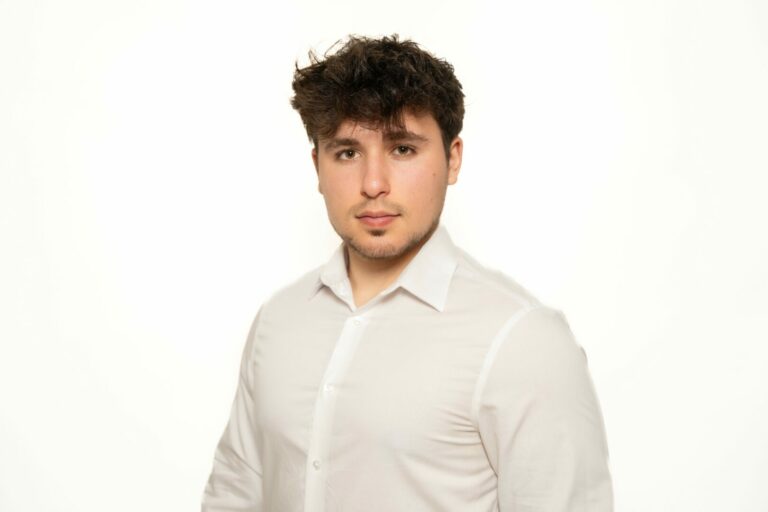We recently connected with Emeilia Doodlez and have shared our conversation below.
Emeilia, thanks for taking the time to share your thoughts with us today. We’re excited to dive into your story and your work, but first let’s start with a broader topic that might be stopping many of our readers from pursuing their dreams – haters, nay-sayers, etc. How have you managed to persist despite haters and nay-sayers that inevitably follow folks who are doing something unique, special or off the beaten path?
As an eccentric artist and entrepreneur, I’ve learned that criticism—both constructive and negative—is inevitable. Early on, it was tough to separate valuable feedback from unwarranted negativity, but over time, I realized that persistence comes from having a strong sense of purpose.
My art isn’t just about creating visually appealing work; it’s about storytelling, connection, and advocating for ideas that matter to me. Connecting one on one with people who feel represented in a way that was before so confusing to describe. Advocating for those who feel voiceless while sparking creative expression.
I’ve faced moments where people have doubted my approach, my social media presence, or even the projects I pursued. But instead of letting it derail me, I use it as fuel. Every negative comment (especially when anonymous) is proof that I’m doing something bold enough to spark a reaction. I focus on the people who resonate with my work, the community I’m building, and the long-term vision I have for my career.
At the end of the day, art is subjective, and not everyone will understand or appreciate my perspective. That’s okay. What matters is that I keep pushing forward, refining my craft, and staying true to my voice.
“Art should comfort the disturbed and disturb the comfortable”- Cesar A Cruz


Appreciate the insights and wisdom. Before we dig deeper and ask you about the skills that matter and more, maybe you can tell our readers about yourself?
I’m a visual development illustrator with a passion for storytelling, world-building, and bringing characters to life. My work blends my love for animation, design, and narrative-driven art, and I strive to create pieces that not only look visually compelling but also evoke emotion and spark conversation. I’m currently studying Illustration at Ringling College with a minor in Business, which has allowed me to develop both the creative and entrepreneurial sides of my career.
What excites me most about what I do is the ability to connect with people through art. Whether it’s through personal projects, client work, or social media, I love that my illustrations can inspire, comfort, or challenge perspectives. I’ve been selling my artwork since I was 13, and over the years, I’ve built a brand that reflects my values—authenticity, inclusivity, and innovation in storytelling.
Right now, I’m focused on expanding my presence as an independent artist while also developing larger projects. Some of my current endeavors include:
Fashion Forward – A clothing brand designed for neurodivergent individuals, focusing on stylish yet sensory-friendly apparel. The brand’s first product, a sensory-regulating jacket, is in development, and I’m working on ways to introduce it to families who need it most.
Graphic Novel Development – I’m in the early stages of creating a graphic novel inspired by my personal experiences with social media scrutiny and online visibility as an artist. This project explores themes of identity, resilience, and navigating a world that aims to suppress you.
Illustration & Visual Development Work – I continue to work on school illustration projects and fulfilling online shop orders while growing my audience and refining my artistic voice. I am working hard to get my foot wedged into a door of a creative company that can see my potential in collaboration. My dream would be designing characters for a company like Pixar, which was the foundation of my art journey and continues to inspire me through my visual development work.
As I move forward, my goal is to merge my love for art, business, and storytelling into projects that leave a lasting impact. I want my work to resonate with people on a deeper level—whether that’s through a character they relate to, a product that makes their life easier, or an illustration that speaks to them in ways words can’t.
I’m excited for what’s ahead, and I’m always open to new opportunities, collaborations, and ways to push creative boundaries.


If you had to pick three qualities that are most important to develop, which three would you say matter most?
Looking back on my journey so far, I’d say the three most impactful qualities and skills have been resilience, adaptability, and storytelling. Each of these has played a huge role in shaping my career as an artist and entrepreneur.
Resilience – The creative industry can be tough, and putting your work out into the world makes you vulnerable to criticism, rejection, and self-doubt. Learning to push through setbacks and keep creating despite challenges has been essential. My advice for those early in their journey is to embrace failure as part of the process. Every rejection, every piece of criticism, and every mistake is an opportunity to learn and grow. Most importantly staying true to who you are above who people expect you to be.
Adaptability – The art world is constantly evolving, whether it’s trends in visual development and animation, shifts in social media algorithms, or new opportunities in creative business. Being able to pivot, try new things, and stay open to learning has helped me navigate these changes. For emerging artists, I’d recommend staying curious—experiment with different mediums, explore new ways to share your work, and never stop improving your craft. Always embrace being the weakest in the room, you have the greatest opportunity to learn and soak up the knowledge displayed in front of you.
Storytelling – Art is more than just aesthetics; it’s about connection. Whether I’m working on a personal project, developing a brand, or selling a piece at a vendor event, the ability to tell a compelling story is what makes my work meaningful. For anyone starting out, I’d encourage thinking beyond technique—ask yourself what you want your art to say, who you want to reach, and how you can create work that resonates with others on an emotional level.
At the end of the day, the most important thing is to keep going. My Business professor and mentor, Eric Boelts has lectured that the most valuable piece of advice he learned in business school is to make a decision. Even if it’s the wrong one at first then all you have to do is make a new decision. It can really be that simple, just get started. No one has everything figured out at the start, but by staying resilient, adapting to change, and focusing on the “why” you’re doing something instead of the “what”, you’ll carve out your own path.


What would you advise – going all in on your strengths or investing on areas where you aren’t as strong to be more well-rounded?
I believe in leaning into your strengths while staying adaptable enough to improve weaker areas when necessary.Your strengths are what make you unique, and going all in on them can set you apart in a competitive industry. However, ignoring weaker areas completely can sometimes hold you back, especially if they’re essential to your growth.
I’ve always been eccentric and unapologetically outspoken, never afraid to stand by my ideas and prove people wrong when they doubt me. That drive has fueled a lot of my success—I thrive on challenging expectations and pushing boundaries in my work. But over time, I’ve also learned that being loud isn’t the same as being right. There’s a fine line between defending your vision and knowing when to pause, listen, and take in feedback that can actually make you better.
A personal example of this is a lesson I learned the first semester of my sophomore year. My artwork, like times before, had sparked conversation negatively on an app that’s essentially an anonymous chat room for our school. These people who had never taken the time to get to know who I am were spreading false narratives about my character and the intention behind my work. My natural reaction is to publicly respond and stand my ground and defend, as I have had to do my entire life. My friend and upperclassman mentor, Nic Surgit, an incredibly well adapted visual development artist, had to let me know gently that while my intention to stick up for myself was pure and understandable, I was essentially giving those people ammunition to further spread their false narrative of my character. I had to take a step back and just let my work speak for itself, something I had never done before because of how passionate I am about being understood.
That lesson has carried over into every part of my career. Whether it’s running a business, pitching an idea, or navigating social media, I’ve learned that confidence and humility have to coexist. You have to believe in yourself fiercely, but you also need to recognize when someone is offering valuable insight that could help you grow. Not every critique is an attack, and not every doubter is wrong. Knowing when to stand your ground and when to evolve is what separates stagnation from true progress.
So my advice is to play to your strengths, use your voice, and push forward—but don’t let your own ego
block your growth. Don’t give the doubters the time of day. Don’t stoop down to their level, move quietly for a while. If something is essential to your success, it’s worth improving, even if it’s outside your comfort zone. That doesn’t mean you have to be great at everything—sometimes, collaboration or delegation is the answer. But the more well-rounded you are in key areas, the more opportunities you’ll be able to take advantage of.
Contact Info:
- Website: https://emeiliadoodlez.art https://emeiliadoodlez.shop
- Instagram: https://www.instagram.com/emeilia_doodlez_/
- Linkedin: https://www.linkedin.com/in/emeiliadoodlez
- Other: https://emeiliadoodlez.shop


so if you or someone you know deserves recognition please let us know here.




